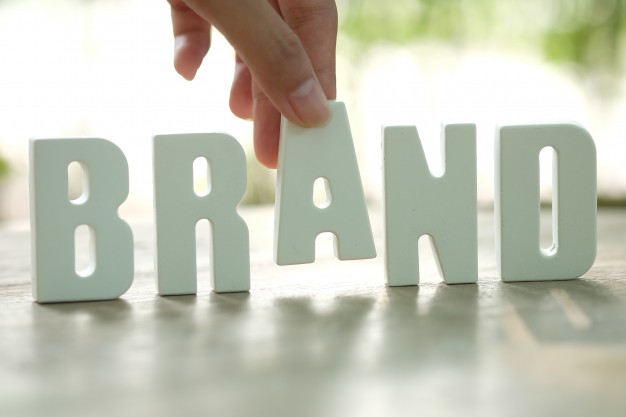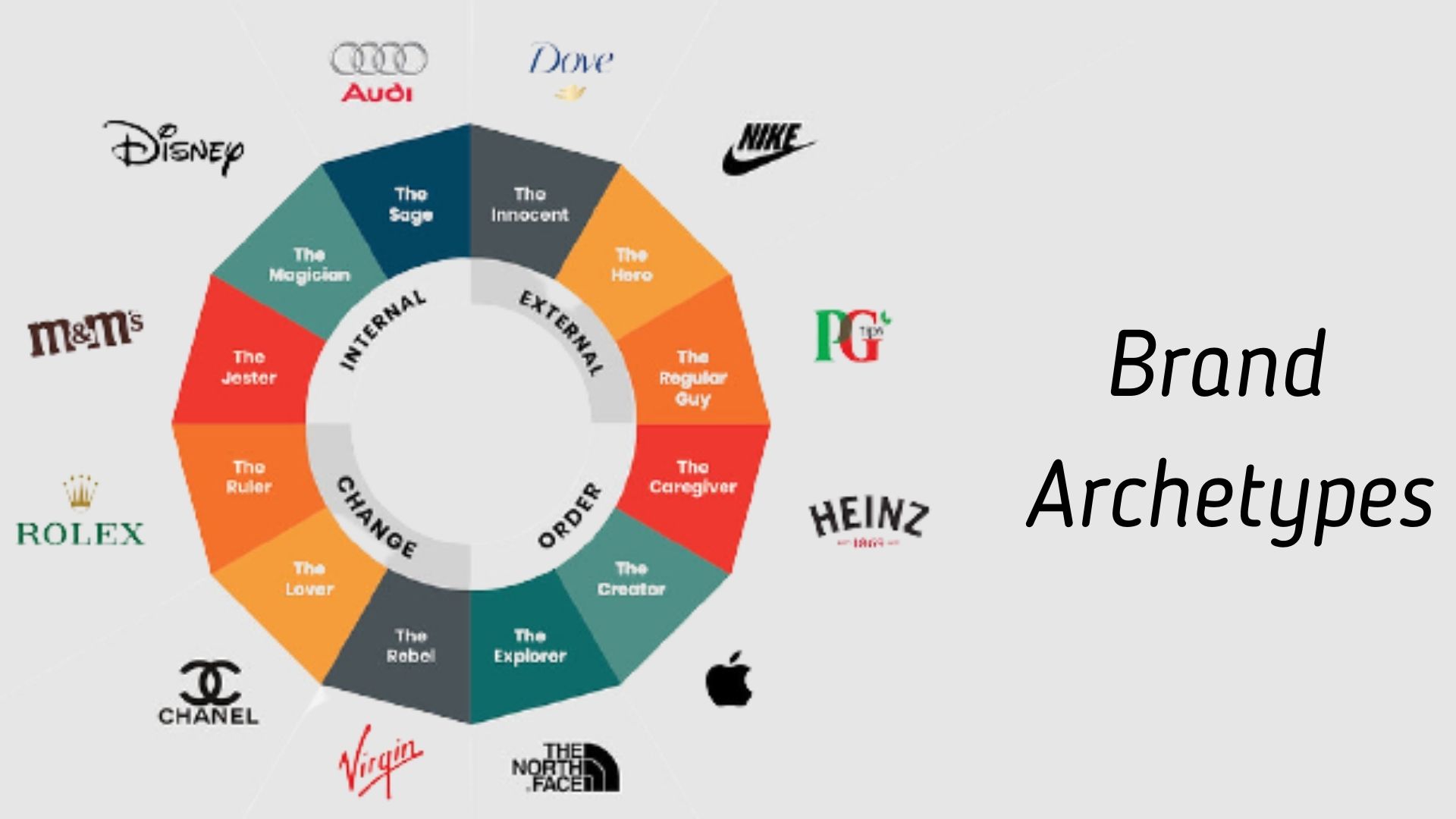Brand archetypes are used for offering brands a specific type of character to let them be relatable to the people who incorporate similar sorts of values. By using the power of archetypes, it becomes simpler to build a brand in a more rewarding and valuable manner.
Archetypes are like the heartbeat of a business as they play a crucial role in conveying meaning in a way that customers relate to the brand and care about it as if it would be a living being.
What are Brand Archetypes?
Brand archetypes draw a connection between brands and buying decisions through human psychology. Archetype is a psychological term coined by renowned psychologist Carl Jung to refer to collective values or ideas that are universal and often unconsciously become a part of our existence.
The brand archetype refers to the values and traits of brands, which define or align with their target audiences’ personalities. Hence, it helps direct branding efforts and brand values in a suitable direction.
The 12 Brand Archetypes

There are 12 brand archetype categories that brands fall into Innocent, Everyman, Hero, Outlaw, Explorer, Creator, Ruler, Magician, Lover, Caregiver, Jester, and Sage. These cover the basic groundwork of what a brand chooses to stand for and how it will pursue that course.
They also help engage the brand with the right market for their products or services and inspire audiences in making a purchase. Here are the 12 brand archetypes:
1. The Dreamer/Innocent Archetype
The innocent brand archetype is associated with a positive personality with an optimistic outlook on life.
Traits
Such a company puts forth a personality that strives to be happy, good, pure, moral, and straightforward. They emphasize the importance of values, trust, honesty, and optimism.
Downside
These companies can come off as naive, dull, or monotonous.
Example
Coca-Cola, Nintendo Wii, Dove, Volkswagen, Aveeno, Johnson, and Johnson.
2. The Everyman/Regular Guy
The everyman brand is associated with the non-pretentious, wholesome, relatable, and comfortable setup. Everyman brands are involved in valuing hard work, reliability, common sense, and authenticity.
Traits
This type of brand purses connections and loves to relate to others. They are empathizing, supportive, friendly, and down-to-earth.
Downside
These companies lack uniqueness and don’t stand out.
Example
eBay, Target, Swiggy, IKEA.
3. The Warrior/Hero Archetype
Hero brand archetypes like to rise to the challenge. Such brands are involved in protecting and inspiring. Such brands sell the power of self-belief and transformation.
Traits
These brands are courageous, powerful, strong, confident. They are on a mission to change the world.
Downside
The savior complex can seem unrealistic and arrogant.
Example
Adidas, Duracell, Nike, BMW.
4. The Rebel/Outlaw Archetype
Rebel brand archetypes seek to rip up the rulebook. They look for opportunities in challenging the existing paradigms for creating something new and better. An outlaw brand positions itself as a free-thinking outlaw.
Traits
Such a brand is not here to play but to change the entire game. They identify as rebellious, trail-blazers, unorthodox, marching to their beat, and wild.
Downside
Their constant fight mode can be viewed negatively or as too crass.
Example
Harley-Davidson, Diesel, Virgin, Levis.
5. The Adventurer/Explorer Archetype
An explorer brand is associated with the independent thinkers to forge upon the new paths to find purpose in life.
Traits
Such a brand is perceived as a thrill-seeker, independent, brave, fearless, ambitious, and loves exploring, activities, outdoors, and taking risks.
Downside
Brands might not appeal to the regular lifestyle of most people.
Example
Woodland, Jeep, Patagonia.
6. The Creator Archetype
The creator brand is related to a vision of the right and creative ways of the world’s existence to convert vision into reality.
Trait
Innovation is key to this archetype. These brands aim to inspire, imagine, invent, and have a futuristic outlook.
Downside
It might be unrealistic or changing too quickly.
Example
Lego, Apple, Adobe.
7. The Ruler Archetype
The ruler likes to eliminate uncertainty by taking control. They have the preference to following specific rules, in addition to that, they also like to make their specific rules as well.
Traits
A ruler brand archetype aims to control, lead, organize, show responsibility, authority, and power.
Downside
Might lack in connecting with customers or overwhelm them.
Example
Microsoft, Mercedes-Benz, Louis Vuitton.
8. The Magician Archetype
Magician brand archetypes make dreams come true and they are quite effective in disappearing problems. They are quite effective in doing things big as well as small to amaze and transform.
Traits
This archetype involves mysticism, willpower, uniqueness, and imagination. These brands believe that everything is unique, dreams come true, and miracles are just around the corner.
Downside
It might lack a realistic approach and make claims that are too absurd.
Example
Apple, Disney, Coca-Cola, Dyson.
9. The Lover Archetype
The lover brand archetype connects with people emotionally. They offer sensuous experiences to let people and life be more special.
Traits
Brands value intimacy, love, romance, sensualness, passion, attractiveness, affection, commitment, and appreciative beauty.
Downside
It can seem too generous.
Example
Gucci, Victoria’s Secret, Engage, Marie Claire, Chanel.
10. The Caregiver Archetype
Caregiver brand likes to give, as they are driven by compassion. They also want to let people feel secure and nurtured.
Traits
Brands value selflessness, caring, compassion, nourishment, protection, and generosity.
Downside
It can seem like being taken advantage of and not getting anything back.
Example
Heinz, Johnson & Johnson, UNICEF, Nivea.
11. The Jester Archetype
Jester brand likes to think outside the box because they live for the moment. On a deeper level, jesters know that human lives are fleeting which should be filled with laughter whenever possible.
Traits
Their goal is to spread joy, take things lightly, make jokes, have fun, talk with humor, create mischief, be childish, playful and not take things too seriously.
Downside
It can be seen as disrespectful or not severe.
Example
Netflix, Ben & JErry’s, M&Ms, Old Spice, Buzzfeed.
12. The Sage Archetype
The sage brand revolves around the belief that the truth will set you free. Such sorts of models are driven by the desire for truth and knowledge.
Traits
Such an archetype places importance on exploring all avenues of knowledge, gaining information, sharing wisdom and insight into all things far and wide. They are thoughtful, intellectual, and trusted sources of information.
Downside
It can be domineering with information overload or too scholastic.
Example
Google, PBS, BBC, Nat Geo.
In Conclusion!
There are plenty of personalities that a company can add to its brand.
But a lot of thought and research needs to go into the process so that the archetype does not stand in the way of the company’s hold on a larger audience. Rather, an archetype is a tool to facilitate brand awareness and sales in the long run.
How effective do you find the role of archetypes in optimizing the presence and value of a brand? Share your opinion with us in the comment section below.
Pinky is an MBA in Marketing from the University of Mumbai. She loves helping people out in learning Marketing and sharing latest ideas and tactics for growing businesses.
